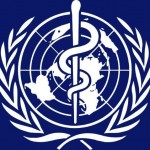 The American Academy of Otolaryngology – Head and Neck Surgery Foundation (AAO-HNSF) says Tai Chi can help your dizziness and balance disorders. Tai chi is a form of Chinese martial arts often practiced for its health benefits. Practiced widely in Asia it can be an effective treatment option for patients who suffer from dizziness and vestibular disorders.
The American Academy of Otolaryngology – Head and Neck Surgery Foundation (AAO-HNSF) says Tai Chi can help your dizziness and balance disorders. Tai chi is a form of Chinese martial arts often practiced for its health benefits. Practiced widely in Asia it can be an effective treatment option for patients who suffer from dizziness and vestibular disorders.
Research done on “Tai Chi as a Form of Vestibular Rehabilitation” has been conducted by Paul S. Lee, MD. Researchers evaluated the utility of Tai Chi in managing patients with vestibular symptoms who have failed conventional vestibular therapy. It could include individualized physical therapy or different sets of physical maneuvers that a doctor performs on a patient. In Asia, not only is Tai Chi popular am
Researchers conducted a questionnaire study from April 2008 to March 2009 at an outpatient rehabilitation program, utilizing the activities-specific balance confidence scale and dynamic gait index survey, both prior to therapy and at the conclusion of an eight-week course. A total of 21 patients (18 females, three males) completed the study to date. Patients reported subjective improvements in their vestibular symptoms. For those who experience ringing in the ears or tinnitus may not necessarily be helped by Tai Chi, but may see improvement with Chinese herbs. Researchers theorize that the technique may be effective because Tai Chi promotes coordination through relaxation, rather than muscular coordination.

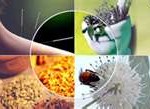

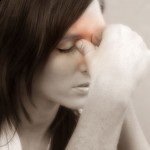
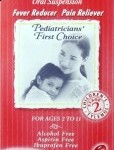
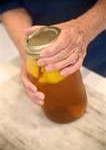
 I’ve always enjoyed my vacation time in Minnesota. I happened to be in Minneapolis for it’s Bi- centennial celebration a few years back. They had more than an hour of the most amazing fireworks I’ve ever seen. If you’ve never been there it’s truly the heart-land of America. Real people, real friendly. I had to blog on this news that Minnesota, not on a coast and not really considered the health crazed capital of the country is leading the way with equal access laws regarding alternative medicine practitioners. This new law takes affect and applies to insurance coverage issued, renewed or continued on or after Aug.1, 2009 Very exciting, the next step is on the national level with Medicare.
I’ve always enjoyed my vacation time in Minnesota. I happened to be in Minneapolis for it’s Bi- centennial celebration a few years back. They had more than an hour of the most amazing fireworks I’ve ever seen. If you’ve never been there it’s truly the heart-land of America. Real people, real friendly. I had to blog on this news that Minnesota, not on a coast and not really considered the health crazed capital of the country is leading the way with equal access laws regarding alternative medicine practitioners. This new law takes affect and applies to insurance coverage issued, renewed or continued on or after Aug.1, 2009 Very exciting, the next step is on the national level with Medicare.
